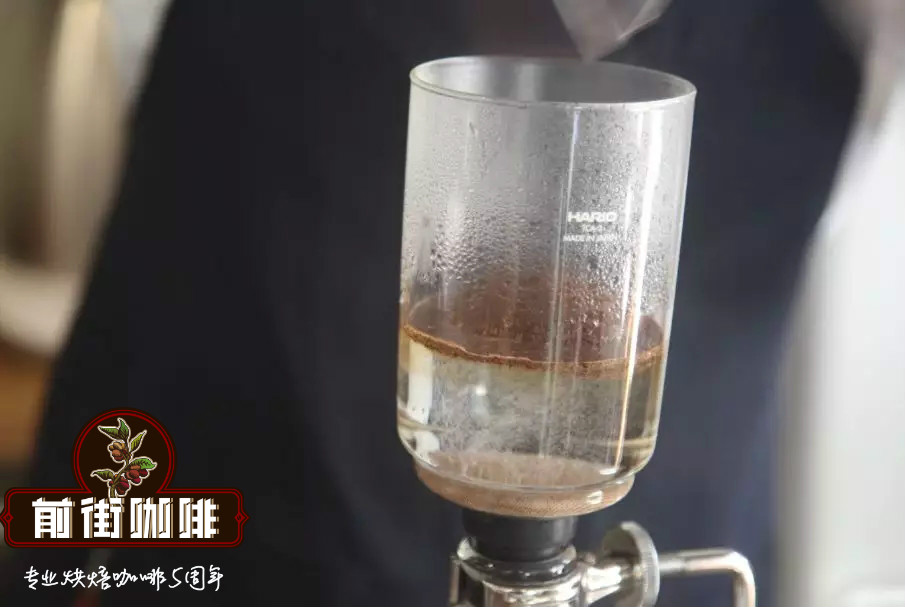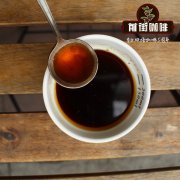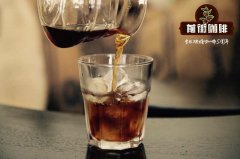Costa Rican Tarazhu coffee Tarazhu coffee taste how to drink Tarazhu coffee?

Professional coffee knowledge exchange more coffee bean information please follow the coffee workshop (Wechat official account cafe_style)
Costa Rica is the most stable coffee in Central America. Coffee production has a very long history and has been exported to Britain as early as the 19th century. In Costa Rica, the cultivation of Robusta varieties (canned coffee) is prohibited by law, only Arabica varieties are allowed, and the areas with the best production quality are Tarrazu Tarazu, West Valley and Central Valley. in recent years, due to high land production, reduced coffee production, high planting costs, good coffee is not easy to obtain.
In the boutique coffee circle, as long as it is mentioned that Camilo, the owner of the San Tuareo estate, most people agree that because of his unusual enthusiasm for coffee cultivation and innovative experimental spirit, he has become the object of many top Barista cooperation in the world over the years. In 2013, the Facusse family, which has long run Dinant Food Sale in Costa Rica, decided to take advantage of Camilo's successful experience in planting estates in Colombia to start a new manor project in Costa Rica and named it the three Wonders. The name of the three miracles comes from Camilo's belief that all successful manors absolutely have these three factors to cooperate and cooperate with each other. These three elements are coffee trees, farmers and land.

Location was the most important decisive factor in deciding to start the plan for the Costa Rican manor. after a long discussion and land evaluation process, it was finally decided to choose Tarrazu, the highest producing area in Costa Rica, where the estate is located at an altitude of 1450-1750 meters above sea level, and the soil is pozzolanic soil from the Irazu volcano, providing sufficient nutrients for coffee trees. At the same time, Camilo also requires the manor to maintain a low-density coffee planting area, which is more conducive to the absorption and growth of coffee trees, as well as a higher improvement of cup flavor. At present, the planting area of the three Wonders Manor is about 120ha, and the annual top micro-batch output is only about 300bags. In addition, the hardware of the manor is mainly planned according to four key points:
The first is to use the Green House system (Green House System) to provide better humidity, temperature and ventilation of raw coffee beans during the sun-drying phase.
The second is the environmental intercropping symbiosis system (Intercrop System), which not only provides manor ecological diversity by planting different plants, but also helps farmers to control farm ecology.
The third is shade tree planting (Shade Grown System). Most of the Inga trees are used in the manor with some other local trees, so that the growth of coffee trees is in a perfect shade environment to protect the growth of coffee trees.
The fourth is to choose the right coffee variety. At the beginning of planting on the manor, Camilo decided to adopt the traditional coffee variety with low yield but better flavor. In addition to Bourbon and Geisha, F1 is a new variety developed by the French research organization CIRAD in Costa Rica in recent years. F1 is a mixture of Villa Sarchi+Sachimor and Sudan Rume. In addition to the traditional Central American Villa Sarchi flavor, it also has the citrus flavor of the African variety Sudan Rume.
Tarazhu, the mountains stand extremely high above sea level, up to 1975 meters high, so there are relative geographical conditions to achieve the bright acidity and unique flavor of coffee. The annual average temperature is 24 °C-12 °C, the annual rainfall of 2400 cm is sufficient, the relative humidity is 84%, and the humidity in the dry season is greatly reduced, which can also provide a good drying environment for the drying stage of raw beans.
Qianjie coffee suggests that you can choose a siphon pot to make a pot of Costa Rican Tarazu coffee.
[siphon pot]

The principle of coffee extraction in a siphon pot is mainly realized through the pressure difference. First, the lower cup of water is heated to boiling, and then inserted into the upper pot to make the lower pot show a state of high pressure. due to the pressure difference between the lower pot and the upper pot, the hot water is mixed with the upper pot coffee powder and extracted, and the fire source of the lower pot is removed at the end of the extraction process, so that the pressure difference between the lower pot and the upper pot is instantly reduced, prompting the coffee extract to flow back to the lower pot. The siphon pot is mainly soaked, so the coffee brewed will be more balanced and mellow.
Parameters & techniques: grind degree 5R (Chinese standard No. 20 screen pass rate 58%), water temperature 90 ℃, powder / water ratio 1: 14; steam 30 grams with 30 grams of water for 30 seconds, water injection to 130g section, water level drop is about to expose powder bed, continue water injection to 226g stop, water level drop is about to expose powder bed, remove filter cup. (steaming starts) extraction time is one minute and thirty seconds.
Flavor: it smells fermented and floral, with sour notes of citrus, grapefruit and passion fruit in the mouth, almonds and cream in the middle, sweet sucrose and a feeling of fruit tea.
Qianjie coffee: Guangzhou bakery, the store is small but a variety of beans, you can find a variety of unknown beans, but also provide online store services. Https://shop104210103.taobao.com
Important Notice :
前街咖啡 FrontStreet Coffee has moved to new addredd:
FrontStreet Coffee Address: 315,Donghua East Road,GuangZhou
Tel:020 38364473
- Prev

Costa Rican Tarazhu coffee flavor and taste
Professional coffee knowledge exchange more coffee bean information Please follow Coffee Workshop (Wechat official account cafe_style) Coffee trees were introduced to Costa Rica from Cuba in 1729, growing only high-quality Arabica seeds, and the cultivation of Robusta varieties was prohibited by law in 1989. The seven most stable producing areas in Central American countries are Tarrazu Tarazu and Tres Rios.
- Next

What is the price of authentic Blue Mountain coffee? Flavor and taste of Mavis Bank processing plant in Blue Mountain, Jamaica
Professional coffee knowledge exchange more coffee bean information please follow the coffee workshop (Wechat official account cafe_style) authentic Blue Mountain coffee price? The flavor and taste of the Blue Mountain Mavis Bank processing plant in Jamaica? Blue Mountain Coffee is a high-quality Caribbean coffee. Like other countries, it has been damaged by natural hurricanes and has seen too many damaged beans.
Related
- Detailed explanation of Jadeite planting Land in Panamanian Jadeite Manor introduction to the grading system of Jadeite competitive bidding, Red bid, Green bid and Rose Summer
- Story of Coffee planting in Brenka region of Costa Rica Stonehenge Manor anaerobic heavy honey treatment of flavor mouth
- What's on the barrel of Blue Mountain Coffee beans?
- Can American coffee also pull flowers? How to use hot American style to pull out a good-looking pattern?
- Can you make a cold extract with coffee beans? What is the right proportion for cold-extracted coffee formula?
- Indonesian PWN Gold Mandrine Coffee Origin Features Flavor How to Chong? Mandolin coffee is American.
- A brief introduction to the flavor characteristics of Brazilian yellow bourbon coffee beans
- What is the effect of different water quality on the flavor of cold-extracted coffee? What kind of water is best for brewing coffee?
- Why do you think of Rose Summer whenever you mention Panamanian coffee?
- Introduction to the characteristics of authentic blue mountain coffee bean producing areas? What is the CIB Coffee Authority in Jamaica?

